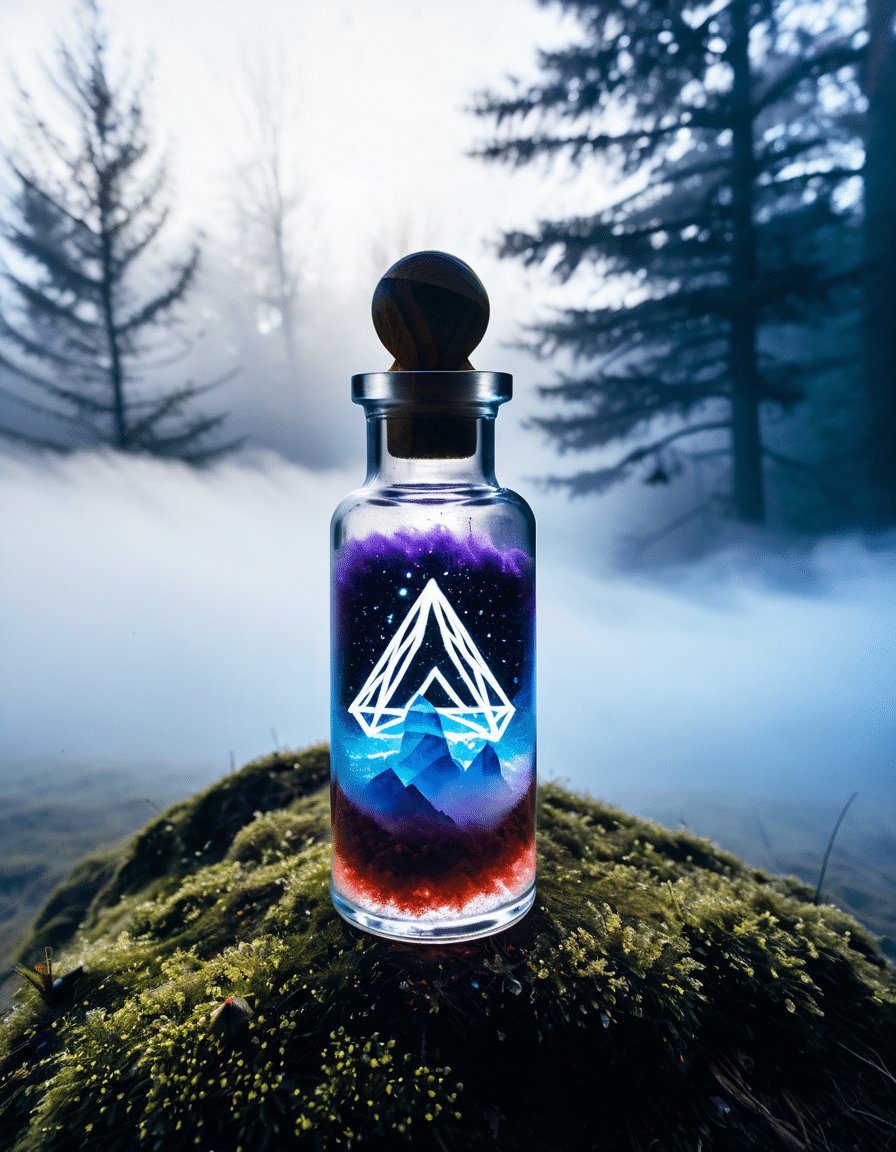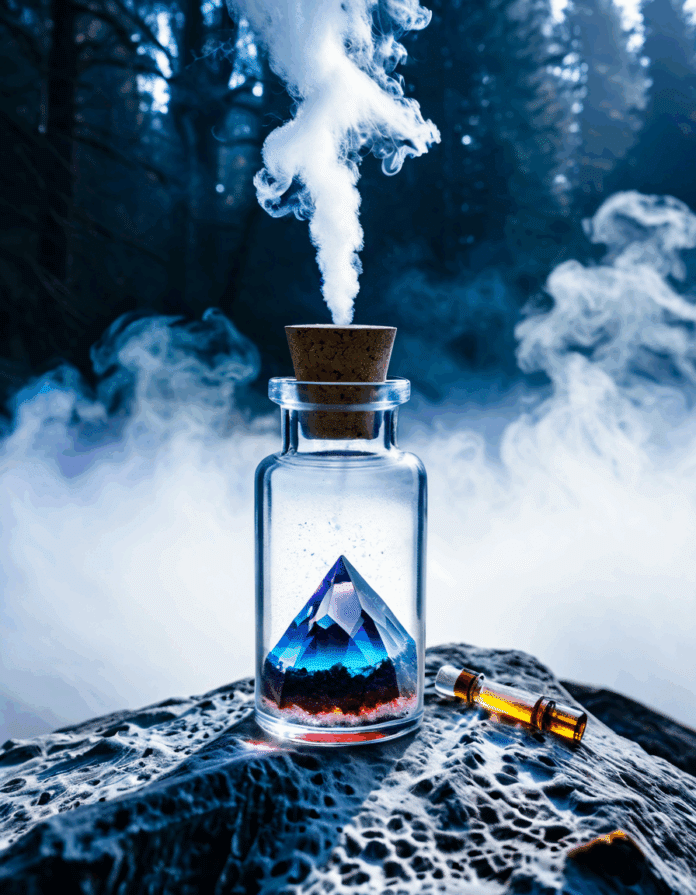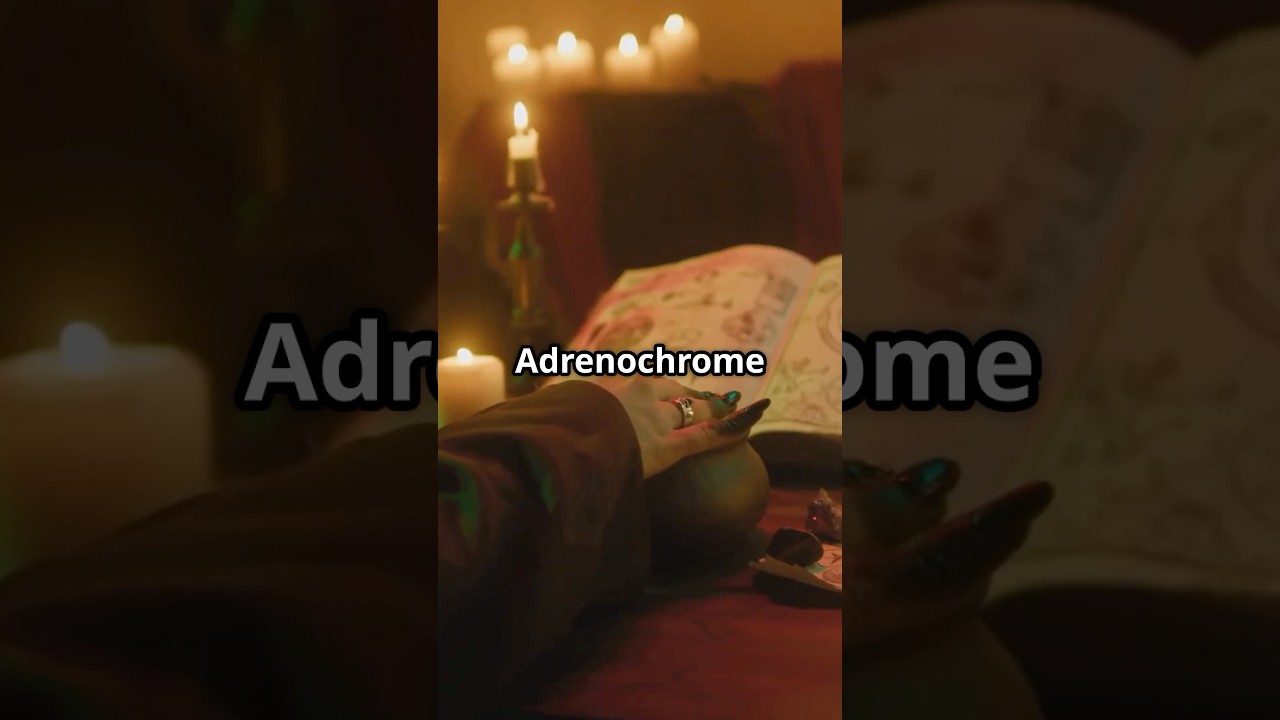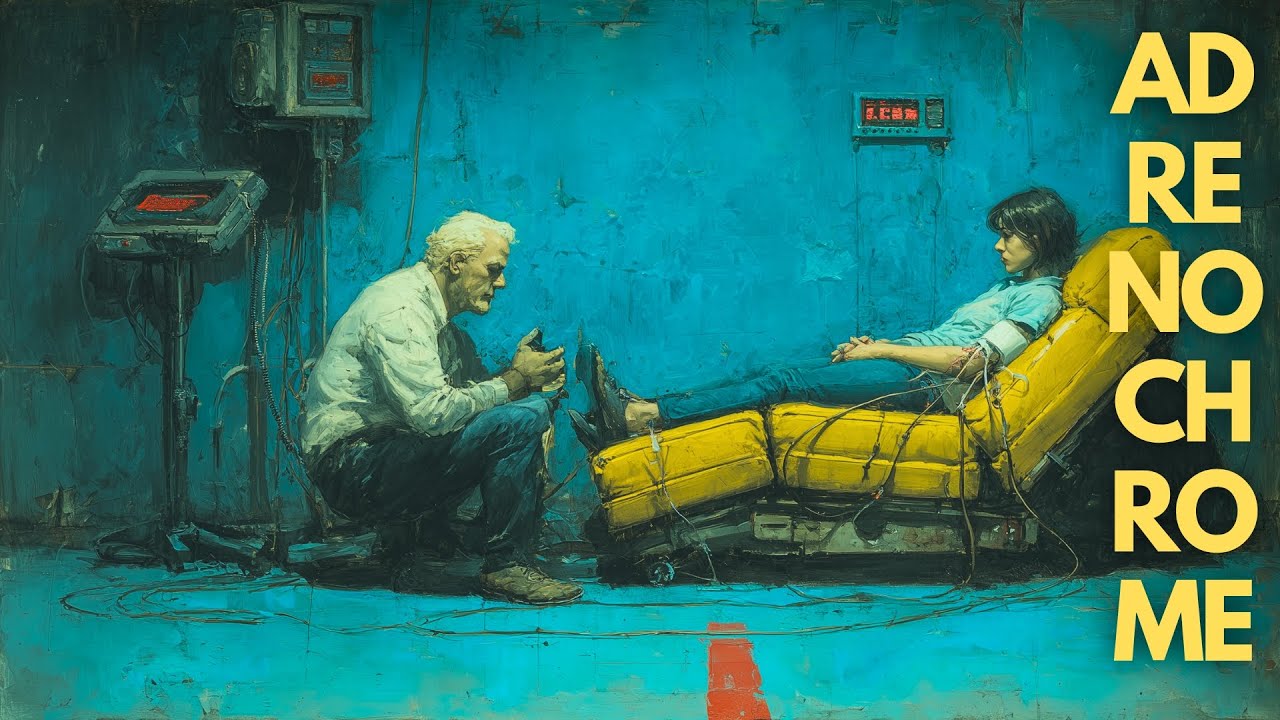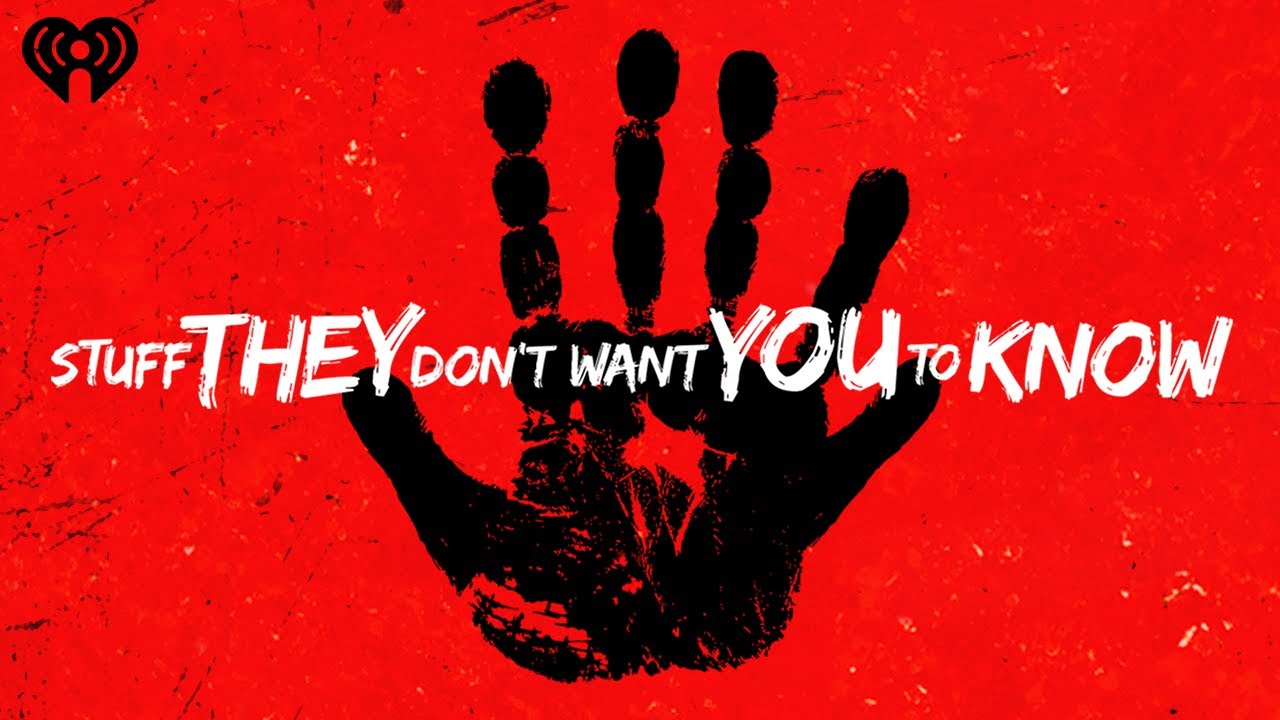1. Understanding Adrenochrome and Its Origins
Adrenochrome, a compound derived from the oxidation of adrenaline, has straddled the line between science and sensationalism. First synthesized in the 1950s, researchers, like Dr. Abram Hoffer, began to delve into its potential psychotropic properties. They proposed connections between adrenochrome and various mental health conditions, particularly schizophrenia. However, this scientific curiosity only fueled its allure among conspiracy theorists and pop culture enthusiasts, creating a mythos that’s both captivating and unsettling.
Despite its fascinating start, adrenochrome evolved into something more than just a chemical compound. Through films, literature, and even whispers in the corridors of power, it became linked to ideas of creativity and heightened awareness. This leads us to there, where the line blurs between scientific fact and urban legend, making adrenochrome a source of speculation.
What makes adrenochrome even more intriguing is how it fits into our collective fears and desires. With themes of exploitation and taboo woven into its narrative, it resonates deeply within modern society, stirring curiosity. As we unpack the layers behind adrenochrome, the complexity surrounding it highlights both the fascination and the dangers of stigma.
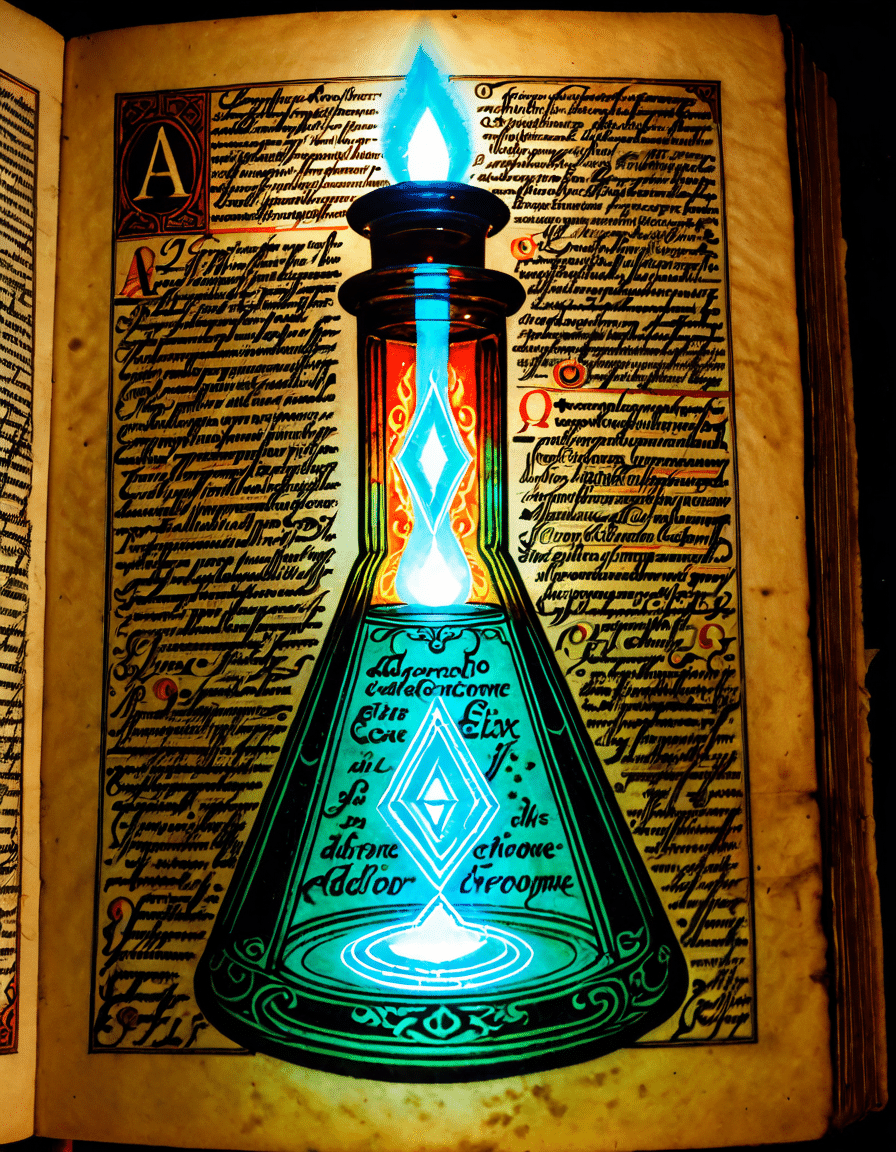
2. The Alluring Myths of Adrenochrome: 7 Reasons for Its Dark Fascination
1. Connection to Creativity
Many artists and writers, including celebrated figures like Aldous Huxley, have been linked to adrenochrome as a secret creative stimulant. This has led to outright myths that suggest its use can elevate artistic expression to otherworldly heights. These stories might even captivate those searching for the next big idea in their work.
2. Conspiracy Theories
Adrenochrome’s name frequently crops up in various unfounded conspiracy theories involving Hollywood elites and the exploitation of children, painting a dark picture that attracts countless conspiracy enthusiasts. While these tales lack substance, they add to the compound’s enigmatic reputation.
3. Fear and Taboo
The sinister associations tied to adrenochrome, such as vampirism and human trafficking, tap into deeply rooted societal fears. Navigating conversations about such subjects creates a taboo that intrigues many, keeping adrenochrome at the forefront of dark discussions.
4. Portrayal in Pop Culture
Film and television have immortalized adrenochrome, particularly in Fear and Loathing in Las Vegas. This connection solidifies its status as a symbol of excess and moral decay. Such portrayals resonate with audiences, creating a cultural shorthand for experiences that are both thrilling and ethically dubious.
5. Scientific Exploration and Misinterpretation
Limited research into adrenochrome has led to misunderstandings about its potential effects. Some enthusiasts have sensationalized scientific findings, breeding myths that ascribe miraculous properties to adrenochrome. The absence of concrete scientific backing only heightens the mystique.
6. The Lure of the Forbidden
The idea of accessing a substance claimed to offer extended youth or heightened experiences is intoxicating. This lure appeals to those inclined toward the unconventional, often enhancing adrenochrome’s popularity within niche communities.
7. Diverse Opinions on Health and Wellbeing
Debates surrounding healing and health often intersect with discussions about adrenochrome. Some proponents liken it to contemporary health equity movements. Regardless, it lacks a solid scientific foundation in medicine and remains rooted in conjecture and speculative benefits.
3. The Intersection of Adrenochrome and Modern Health Trends
As we analyze the discourse around mental health, substances like adrenochrome often surface alongside well-established medications like Mounjaro. Designed to combat diabetes and obesity, Mounjaro represents a mainstream approach to health while adrenochrome exists primarily in the shadows. This contrast reveals much about societal attitudes toward pharmaceuticals and alternative solutions.
Patients discussing Mounjaro side effects often weigh the risks against potential benefits with utmost care. In contrast, adrenochrome is mostly relegated to the realm of myth, shrouded in ethical dilemmas about its underlying associations with exploitation. It symbolizes the fascination with the alternative, holding appeal for those interested in unconventional treatments.
Despite the sensational claims and the haze of myths around adrenochrome, the reality remains that it does not offer the same recognizable efficacy as pharmaceutical solutions. Here lies a critical lesson for those drawn to adrenochrome: unethical approaches seldom lead to reliable health outcomes.
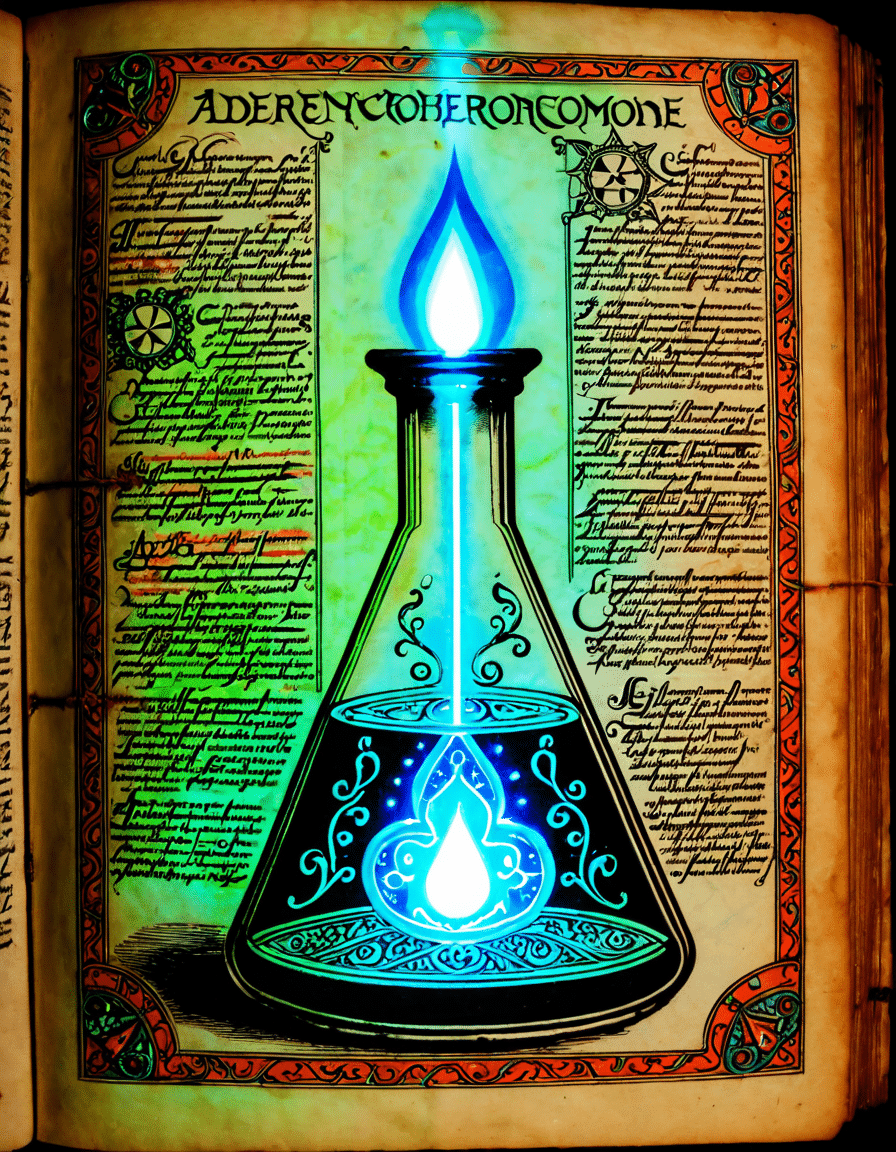
4. The Nuances of Pansexuality in Relation to Cultural Taboo
Linking adrenochrome with discussions around sexual identities, particularly pansexuality, reveals ongoing societal narratives about self-exploration and the materialization of desires. Pansexual individuals, who embrace attractions across the spectrum of gender identities, embody the complexity of human desire.
This exploration resonates with the intrigue surrounding adrenochrome. Just as pansexuality challenges traditional views, the fascination with adrenochrome beckons individuals to confront societal norms. Both narratives address a yearning for liberation from constrained identities and the conventional way of life.
As conversations about adrenochrome oscillate between allure and caution, they often parody the self-discovery journeys faced by pansexual individuals. Both highlight an inherent challenge: to embrace the unconventional while contending with societal expectations.
A Reflection on the Allure of the Unknown
The dual narratives of adrenochrome and its speculative connections reveal powerful undercurrents within society—the interplay of curiosity and caution. Through understanding adrenochrome beyond conspiracy and sensationalism, we open doors to nuanced discussions on health, autonomy, and sexuality.
Conversations about adrenochrome never exist in isolation; they intersect with various cultural phenomena, demanding attention and critical thought. This perspective invites readers to empathize with cherishing the unknown, urging us to navigate intricate topics. While some mysteries may be better left unexplored, the ongoing dialogue about adrenochrome encourages us to question and reflect.
By confronting such subjects, we can better appreciate the intricate relationship between our curiosities and societal norms, making space for new understandings while seeking clarity in the shadows of the unknown.
Adrenochrome: The Fascinating Enigma
Origins and Usage
Adrenochrome has roots in the world of biochemistry, first identified by scientists studying adrenaline. This compound has been a subject of intrigue, especially due to its alleged connection to altered states of perception and consciousness. Interestingly, the psychology of fear and the exhilarating rush of adrenaline draw many parallels with the popularity of movies like Buffy the Vampire Slayer, where the cast thrived on thrill and suspense, making viewers crave the same rush.
But did you know that adrenochrome has also made its way into popular culture? Some believe it plays into the theories surrounding figures like Robert F. Kennedy, whose life and legacy continue to evoke fascination and conspiracy alike. If you ever wondered how far the influence of adrenochrome might stretch into fiction, look no further than Gwen Stacy from Spider-Man, whose stories weave in themes of sacrifice and the transformative power of emotional experiences.
Myths and Legends
The allure of adrenochrome isn’t just scientific; it’s also steeped in sensational urban legends. Many conspiracy theories posit that it’s harvested from the young to produce euphoria for the elite. This fictional narrative has been woven into various media, even spiraling down to the infamous Jimmy Kimmel live sketch, where such absurdities often spark laughs while feeding into swirling mythos.
Switching gears, you wouldn’t believe the wild tales of adrenochrome that pop up in various genres. Just imagine a cameo from Kevin McCallister in a Home Alone reboot where he might inadvertently stumble upon this dark secret, blending childhood innocence with shocking conspiracy themes. Such mash-ups echo the unpredictability of the ever-busy PlayStation Network, where downtime creates room for wild imagination and colliding universes.
A Slice of Pop Culture
Adrenochrome’s aura of danger and excitement has quite the impact on modern art and music. Glimpses into its chaotic beauty can be spotted—even at glamping spots in Texas where artists gather for inspiration away from the chaotic sounds of urban life, much like the rich audio experience from an Lg Soundbar can amplify cinematic moments.
It’s safe to say the modern fascination with adrenochrome acts as a mirror reflecting societal fears and desires. As its legend thrives, one can’t help but wonder if it’ll appear in the latest adventures of the cast of St. Denis Medical, perhaps in a darkly humorous plot twist. It’s this mix of fact and fiction that keeps the conversation alive and makes adrenochrome all the more captivating.
